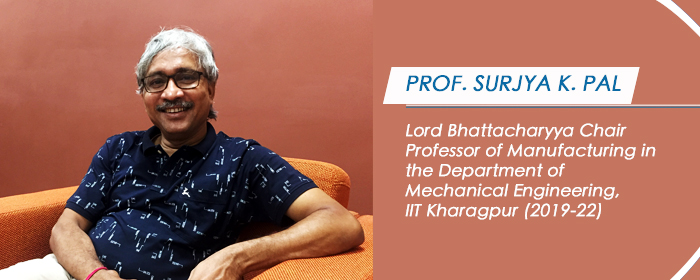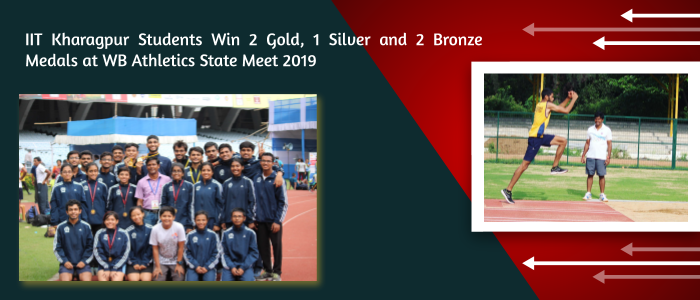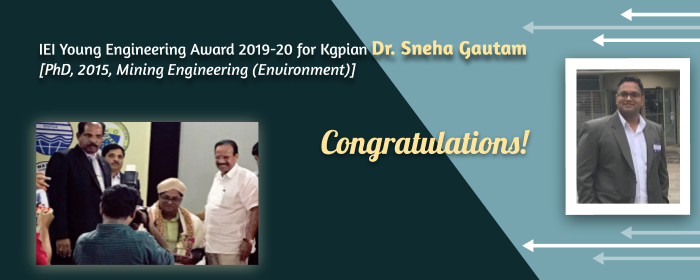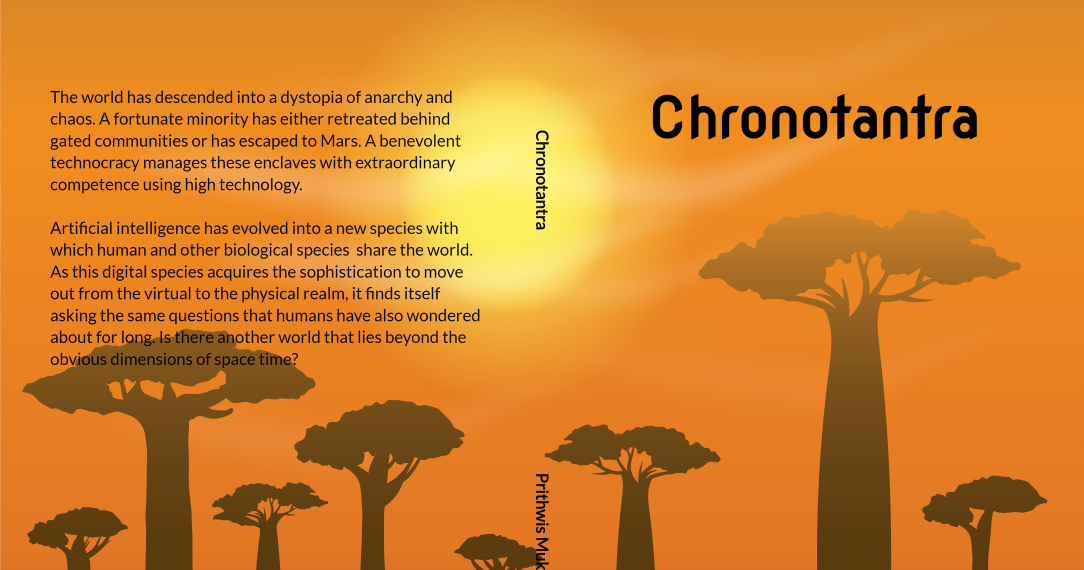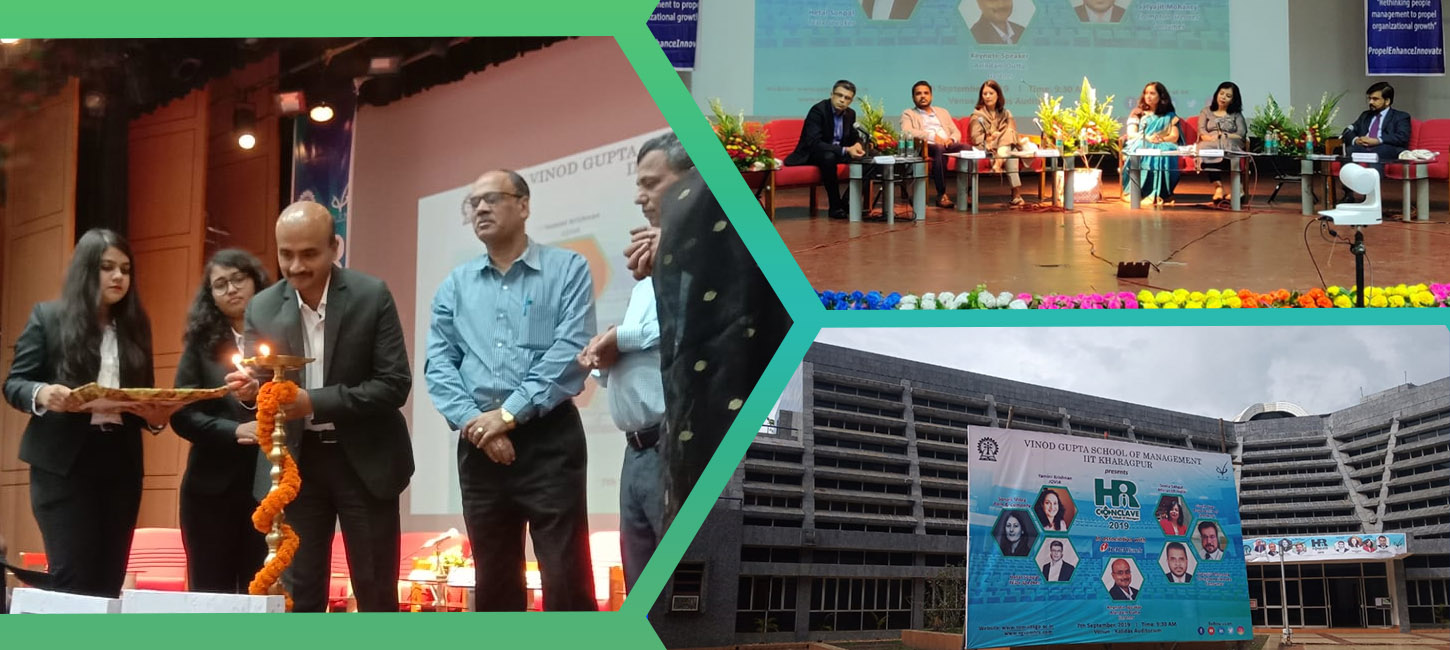
VGSoM HR Conclave
Times of India In the age of Artificial Intelligence and Industry 4.0, while many business functions are undergoing momentous changes, the human resource is emerging as the most critical area of management functions considering the not-so-futuristic alarming trends. The Vinod Gupta School of Management organized an HR Conclave this weekend addressing new avenues in Human Resource Management through HR Innovation and Upskilling. A panel of India’s top HR experts who attended the Conclave at the IIT Kharagpur campus debated on the impact of technological innovation on HRM. Satyajit Mohanty, CHRO, Crompton Greaves Consumer Electricals opined that despite the improvement in…

